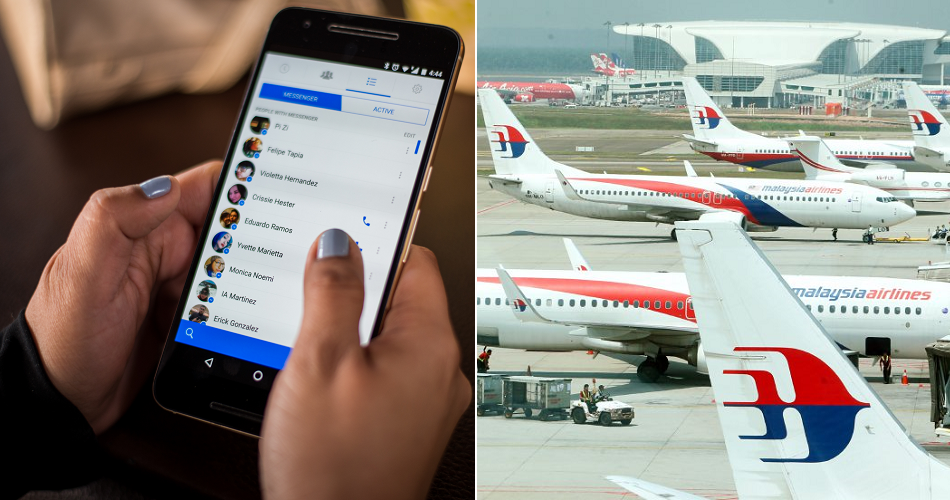Don’t you just scratch your head in confusion every time you board a flight? It feels like you’re in another universe as the cabin crew speaks in an alien language incomprehensible to us. Even some avid flyers only have a vague understanding of the terms used on board. Imagine the pain for first-timers.

Well, fret not, because if you’ve always wondered what those terms actually mean, we’ve compiled a summary of the most common airline lingo you’ll hear up in the air!
1. Last minute paperwork
Example: “We’re just finishing up some last minute paperwork and should be underway shortly…”
If you hear this, it means you’re gonna be late. This “paperwork” is usually a revision of the flight plan. Most probably something to do with the plane’s weight-and-balance record, or simply waiting for the maintenance staff to get the flight’s logbook in order.
In simpler terms, last minute paperwork = delay.
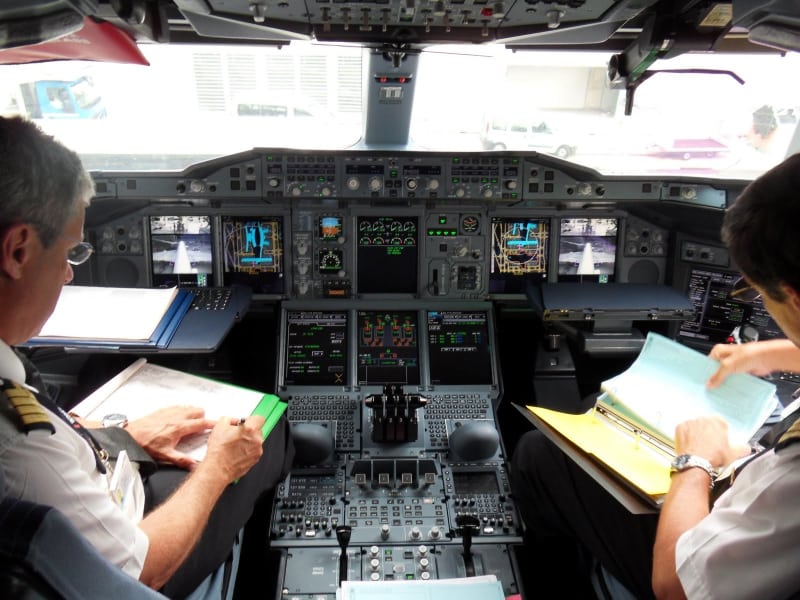
Source: Urbo
2. Flight deck
Example: “Does the flight deck need anything?”
In layman terms, the cockpit. It is the place where the pilots are, right at the front of the airplane. So, if you hear the cabin crew saying the sentence above, it normally means, do the pilots need coffee?

Source: Flight Deck Friend.com
3. Doors to arrival and crosscheck
Example: “Flight attendants, doors to arrival and crosscheck.”
Alternatively heard as “Disarm your doors and crosscheck”, this announcement is usually made by the lead flight attendant as the plane is approaching the gate. It is to verify that the emergency escape slides attached to each door have been disarmed – otherwise the slide will deploy automatically as soon as the door is opened.
If that happens, it’ll look something like this…
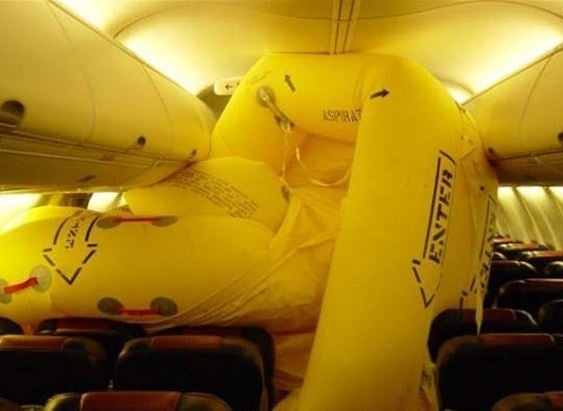
Source: humour.com
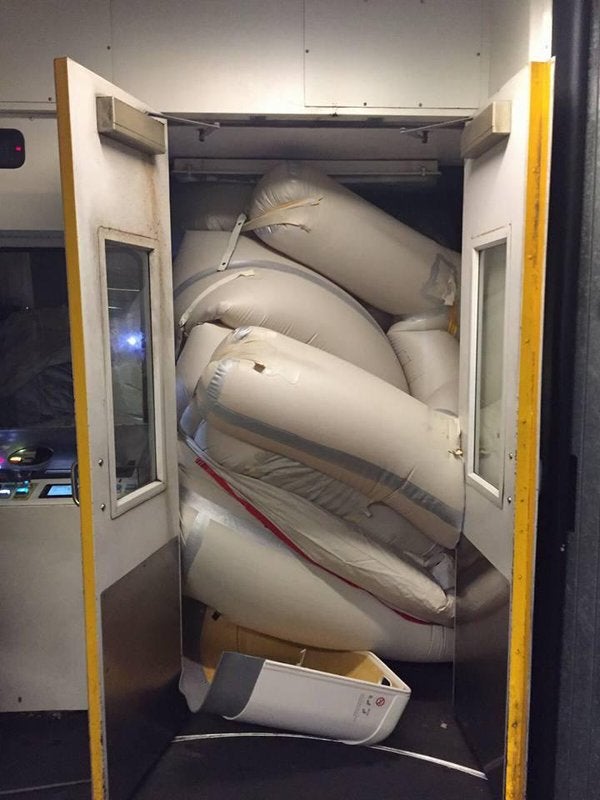
Source: Twitter
4. All-call
Example: “Flight attendants, doors to arrival, crosscheck and all-call.”
At times used together with the term above, it is also part of the door arming/disarming procedure. It’s a request that each flight attendant reports via intercom from his or her station, which is some sort of flight attendant conference call.
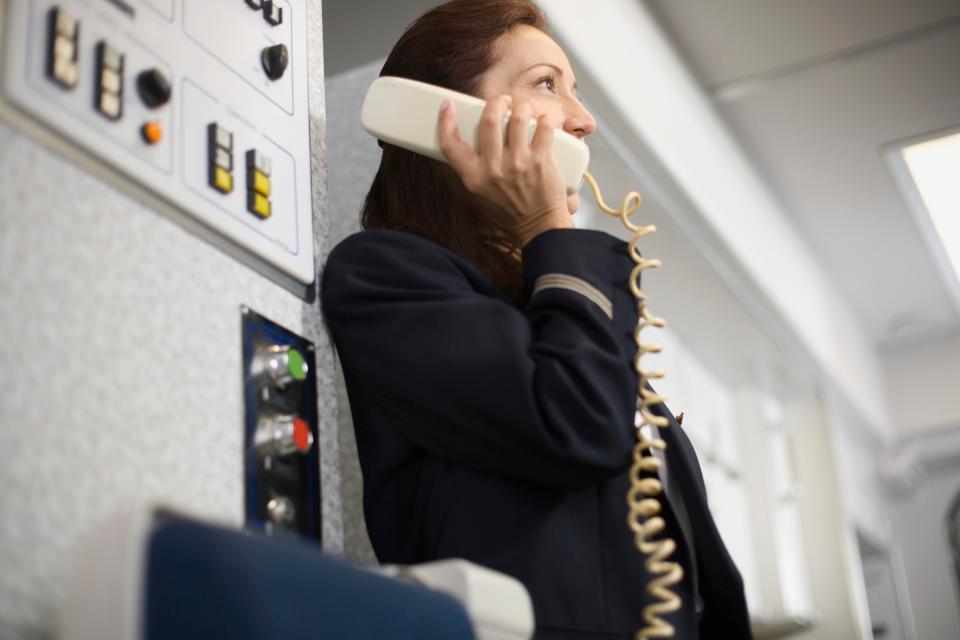
Source: The Sun
5. Holding pattern
Example: “Air traffic control has placed us in a holding pattern …”
Surely some of us have experienced this before: your flight was scheduled to land 10 minutes ago, yet you’re still up in the air with no ground at sight. Don’t worry, just stay comfy in your seat. According to FAA’s Instrument Flying Handbook, holding pattern is “a predetermined maneuver that keeps aircraft within a specified airspace while awaiting further clearance from ATC”. Which means the planes are circling, and holding, ready for ATC (Air Traffic Control) to give instructions to land.
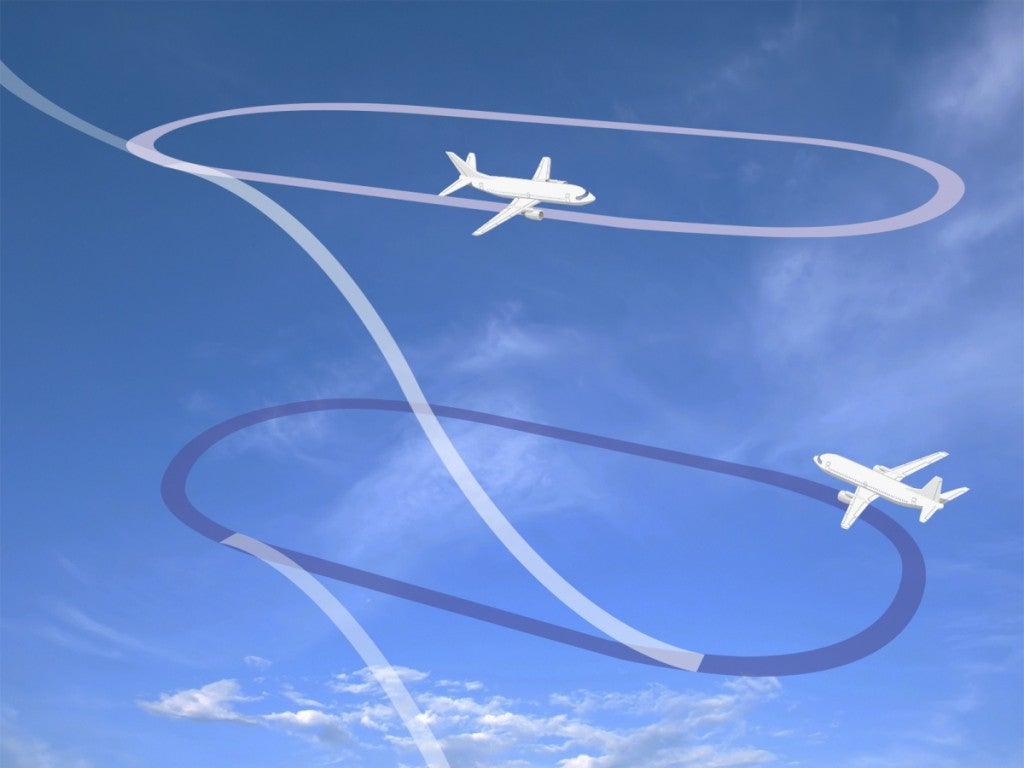
Source: Eurocontrol
6. Ground stop
Example: “Sorry folks, but there’s a ground stop on all flights headed south from here.”
This is when the air traffic control (ATC) halts departing aircraft to give the airport the ability to redirect traffic. It usually happens during traffic congestion or for security reasons.
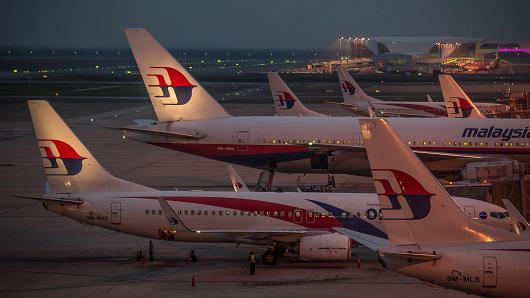
Source: CNBC
7. Expect Further Clearance (EFC) Time
Example: “Good news, we’ve been given an EFC time of 30 minutes after the hour.”
Well, the term itself kinda gives it away. Sometimes called a release time, it is the time a pilot can expect to receive clearance beyond a clearance limit. A point at which a crew expects to be set free from a holding pattern or exempted from a ground stop.

Source: The Finder
Extras: Apart from these common jargon, here are some other slangs you definitely DO NOT want to hear.
8. Mayday
Example: “Mayday! Mayday! Mayday!”
No, not the Taiwanese band you have in mind. This is the ultimate international radio distress call, indicating looming danger to the life of the occupants on-board and requiring immediate assistance. A typical distress call will start with ‘Mayday’ repeated three times, followed by all the relevant information that potential rescuers would need.

9. Wake turbulence
Example: “Caution, wake turbulence ahead.”
It is a turbulence that forms behind an aircraft as it passes through the air. Wake turbulence can affect any aircraft, no matter how big or small. Smaller aircraft are prone to be rolled and broken by their powerful force.

10. Ditching
Error 404, could not find an announcement example.
Just like ditching someone, this airline lingo means controlled emergency landing into water. However, this action cannot be practiced and may be extremely hazardous, and is only contemplated when no other realistic option remains in an emergency.

Apart from these 10, there are more airline lingo that those in the aviation industry use. Check out this post by Business Insider if you’re curious!
So, the next time you get on a flight, you’ll definitely have a better understanding of the terms used. We’re sure they’ll also come in handy on your next trip!
Also read: If You’re Travelling With MAS, You Can Now Book Your Flights Via Facebook Messenger


